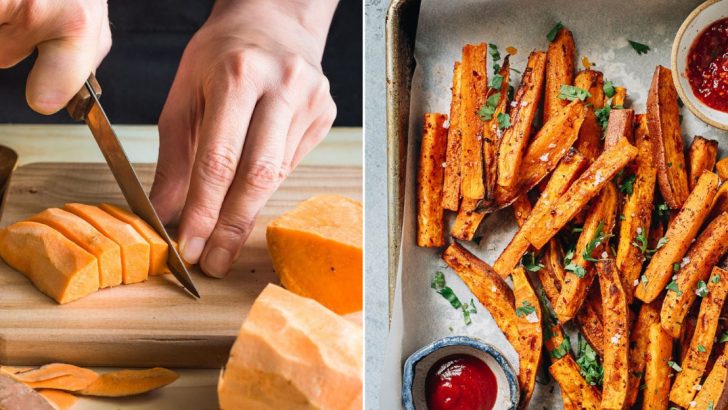Sweet potatoes can transform ordinary meals into extraordinary culinary experiences, but only when prepared correctly.
Many home cooks unknowingly sabotage their sweet potato dishes with simple mistakes that are easy to fix. Discover how to avoid these typical mistakes and consistently produce sweet potato dishes with flawless texture and flavor!
1. Skipping The Scrub
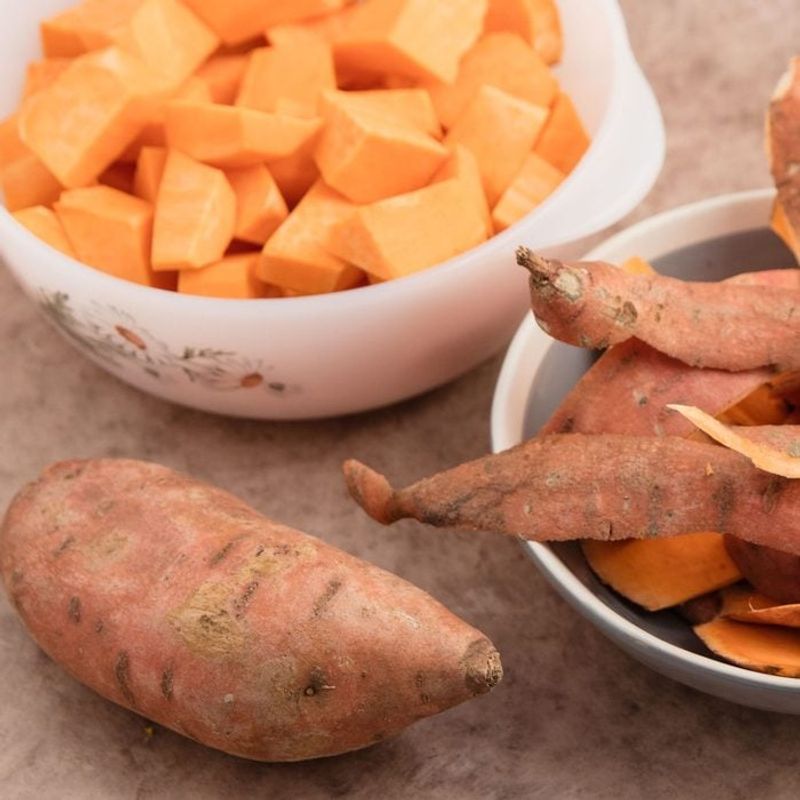
Neglecting to wash sweet potatoes thoroughly leaves dirt and pesticides on the skin. Even organic varieties need a good scrubbing!
Grab a vegetable brush and run those orange beauties under cool water. Remember, what’s on the outside can seep into your dish during cooking, affecting both flavor and health benefits.
2. Wrong Storage Techniques

Ever wondered why your sweet potatoes sprouted or shriveled up so quickly? Storing them in the refrigerator is a rookie mistake!
These tropical tubers hate the cold and prefer cool, dark places around 55-60°F. A well-ventilated pantry or cupboard away from onions works wonders. Proper storage can extend their life by weeks – talk about sweet savings!
3. Microwaving Without Piercing
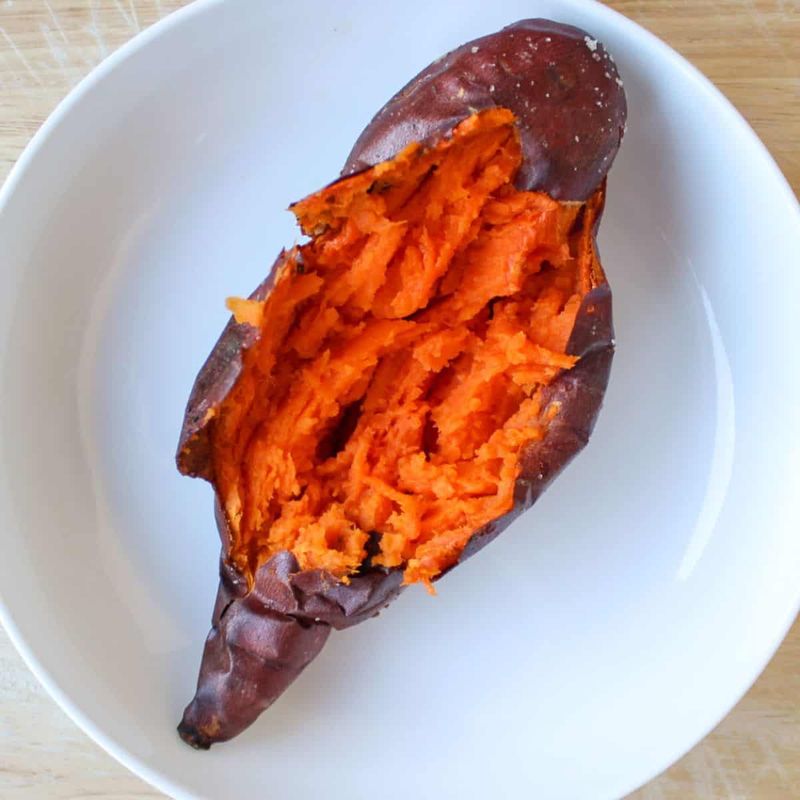
That’s the sound of your sweet potato exploding in the microwave because you forgot to poke holes in it. The steam builds up inside with nowhere to escape!
Always stab your sweet potato several times with a fork before nuking it. This simple step prevents messy explosions and ensures even cooking throughout. Your microwave will thank you for this consideration!
4. Peeling When Unnecessary
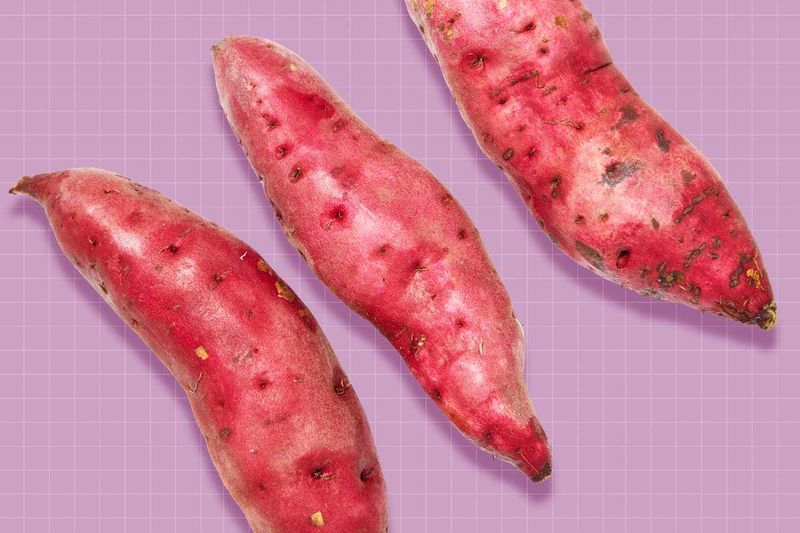
Though it might seem counterintuitive, stripping sweet potatoes of their skins often removes valuable nutrients! The peel contains fiber, potassium, and beta-carotene.
For most recipes, a good scrub is all you need. If you’re making mashed sweet potatoes or certain soups, then peeling makes sense. Otherwise, embrace the rustic look and nutritional boost those skins provide!
5. Overlooking Seasoning Opportunities
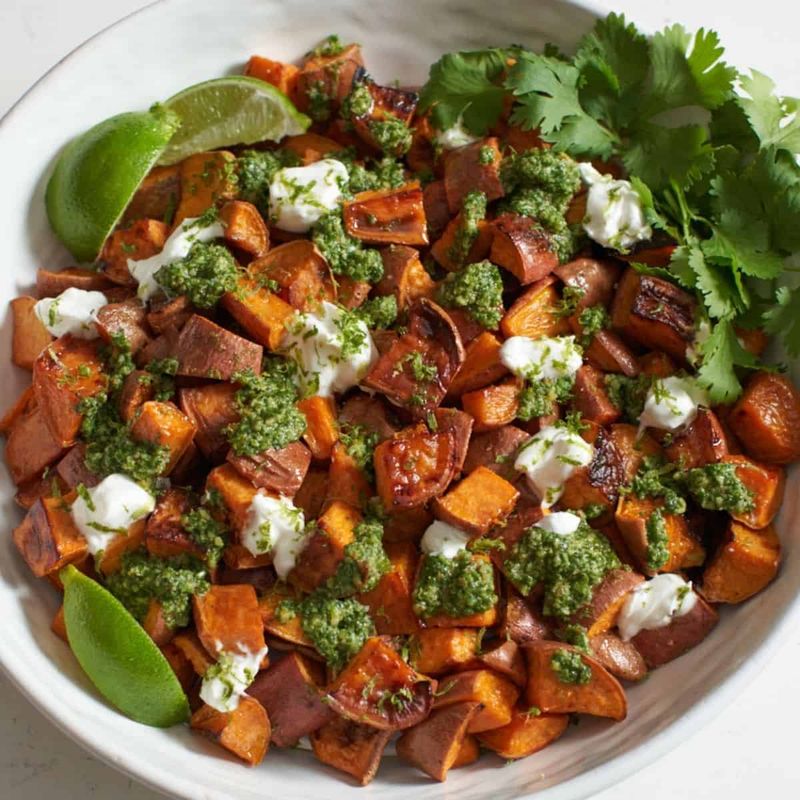
What if I told you sweet potatoes are flavor chameleons? Many cooks limit themselves to cinnamon and brown sugar, missing out on savory possibilities!
Try smoked paprika, cumin, or chipotle for a spicy kick. Rosemary and thyme create Mediterranean magic. Even curry powder transforms these tubers into exotic delights. Don’t be afraid to experiment with bold flavors – sweet potatoes can handle it!
6. Crowding The Pan

Jamming too many sweet potato pieces onto one baking sheet? That’s a recipe for soggy disappointment! Sweet potatoes need their personal space to develop that gorgeous caramelization.
Spread them out in a single layer with room to breathe. If necessary, use two pans rather than cramming everything onto one. Proper spacing allows steam to escape and heat to circulate evenly. Crispy perfection awaits!
7. Skimping On Oil
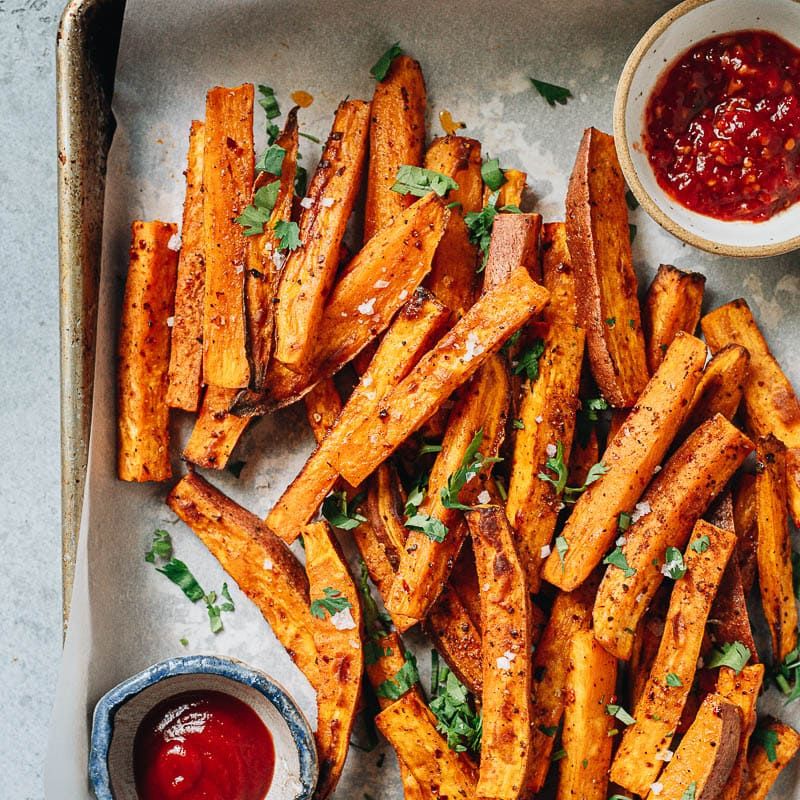
Healthy eating doesn’t mean eliminating all oil! Without enough fat, roasted sweet potatoes turn out dry and lackluster instead of caramelized and delicious.
A generous toss in olive oil or coconut oil helps conduct heat evenly and creates that irresistible exterior. For extra flavor, try bacon fat or duck fat – small amounts go a long way. Share your favorite oil combinations in the comments!
8. Temperature Troubles
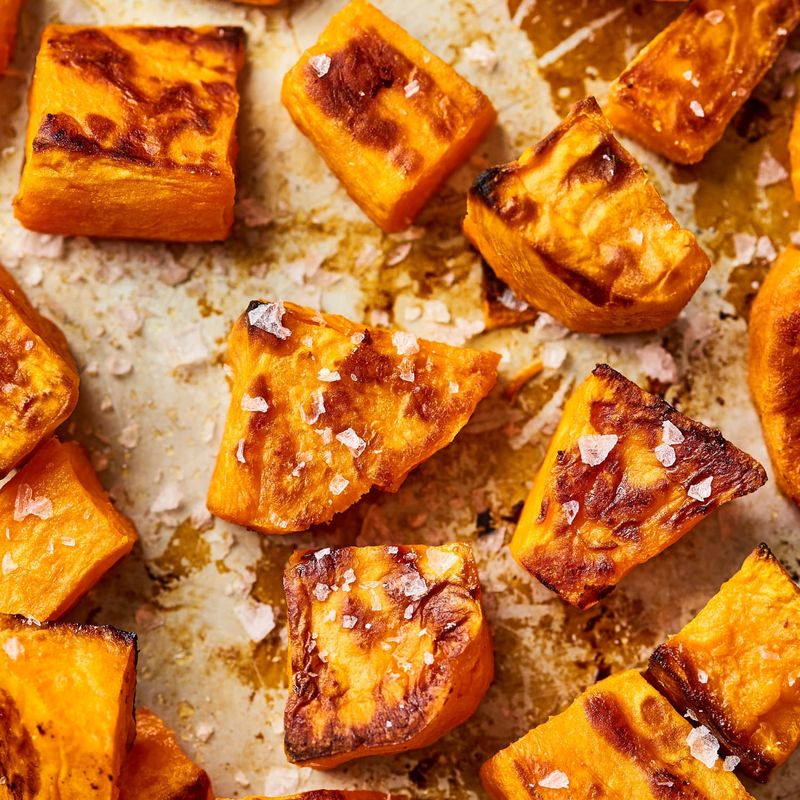
Cranking your oven to 500°F won’t speed up sweet potato cooking – it’ll just burn the outsides while leaving centers raw! Conversely, too low heat means no caramelization.
For most sweet potato recipes, 375-425°F hits the sweet spot. The natural sugars need time to develop without scorching. Patience yields that perfect contrast between crispy exterior and tender interior that makes sweet potatoes irresistible!
9. Ignoring Variety Differences
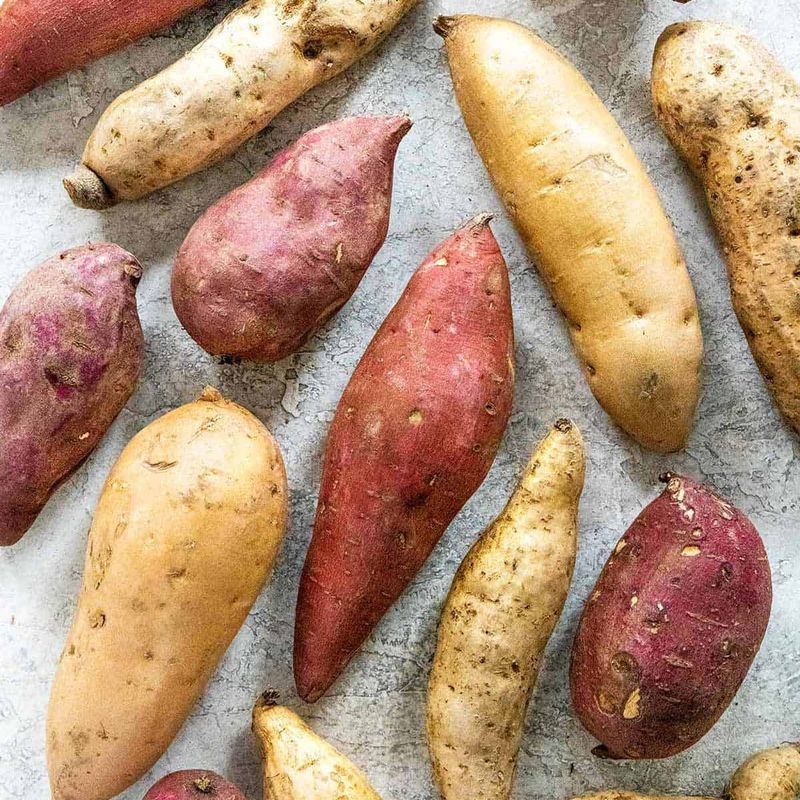
Not all sweet potatoes are created equal! Grabbing any orange tuber without considering varieties can sabotage your recipe before you start.
Jewel and Garnet varieties offer balanced sweetness perfect for all-purpose use. Japanese purple sweet potatoes have chestnut-like flavor ideal for desserts. Beauregards get ultra-soft when cooked – fantastic for mashing. Match your variety to your cooking method for truly spectacular results!
10. Hasty Cooking Times
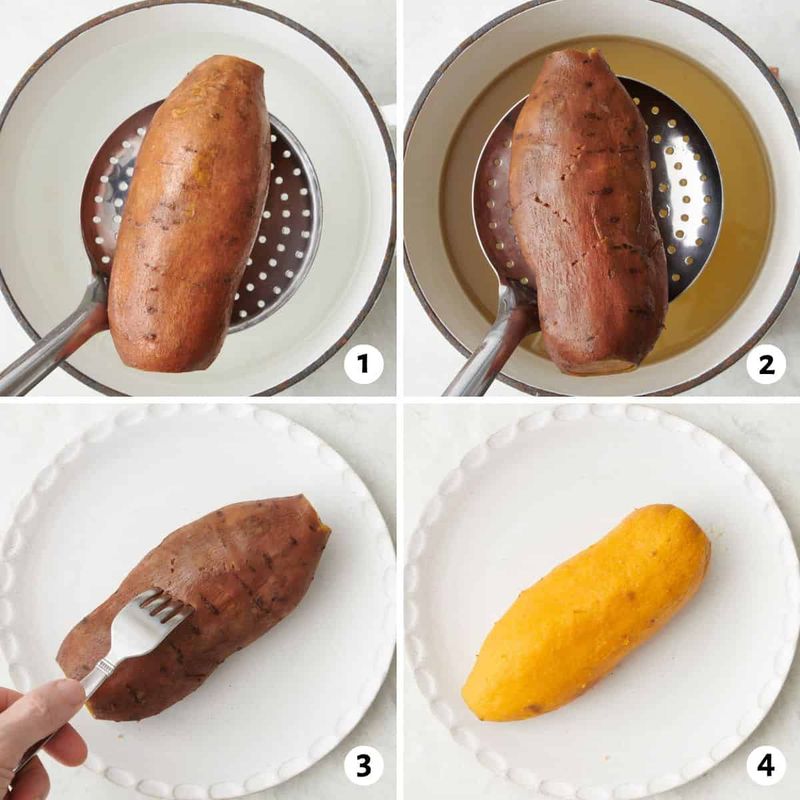
Rushing sweet potatoes is like rushing a good relationship – it just doesn’t work! These dense root vegetables require patience to develop their full flavor potential.
Depending on size and method, sweet potatoes might need 45-60 minutes to fully cook. Test for doneness with a fork – it should slide in effortlessly. Half-cooked sweet potatoes are starchy and bland, robbing you of their natural caramel notes.
11. Forgetting To Soak Before Frying
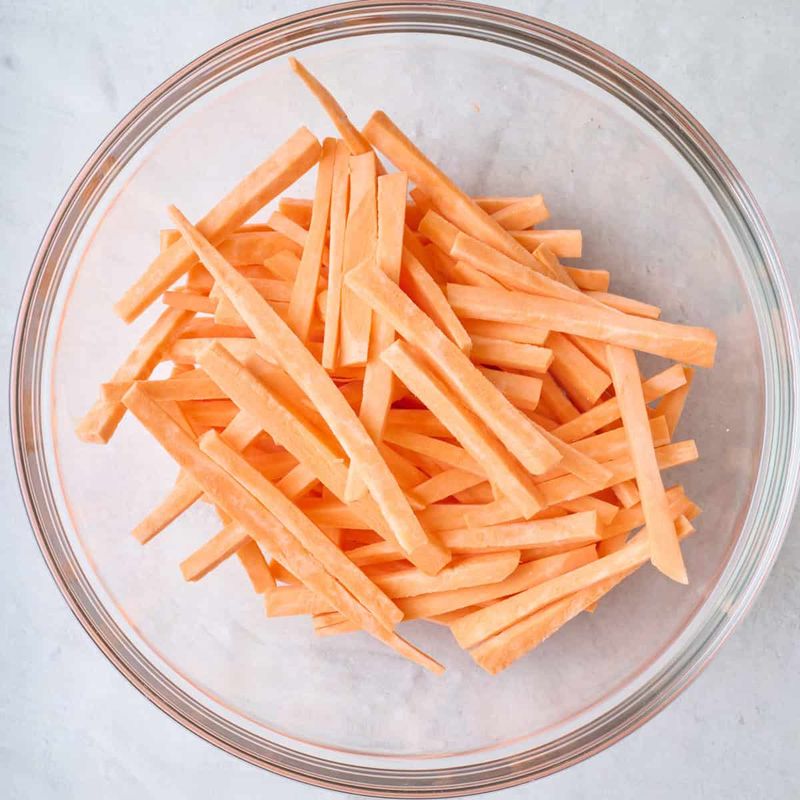
Crispy sweet potato fries seem impossible to achieve at home because most cooks skip the crucial soaking step! Starch is the enemy of crispiness.
Slice your sweet potatoes, then soak in cold water for at least 30 minutes. Pat them completely dry before frying or baking. This removes excess starch that causes sogginess. Add a little cornstarch coating for extra crunch that will have friends begging for your secret!
12. Mismatched Cooking Methods
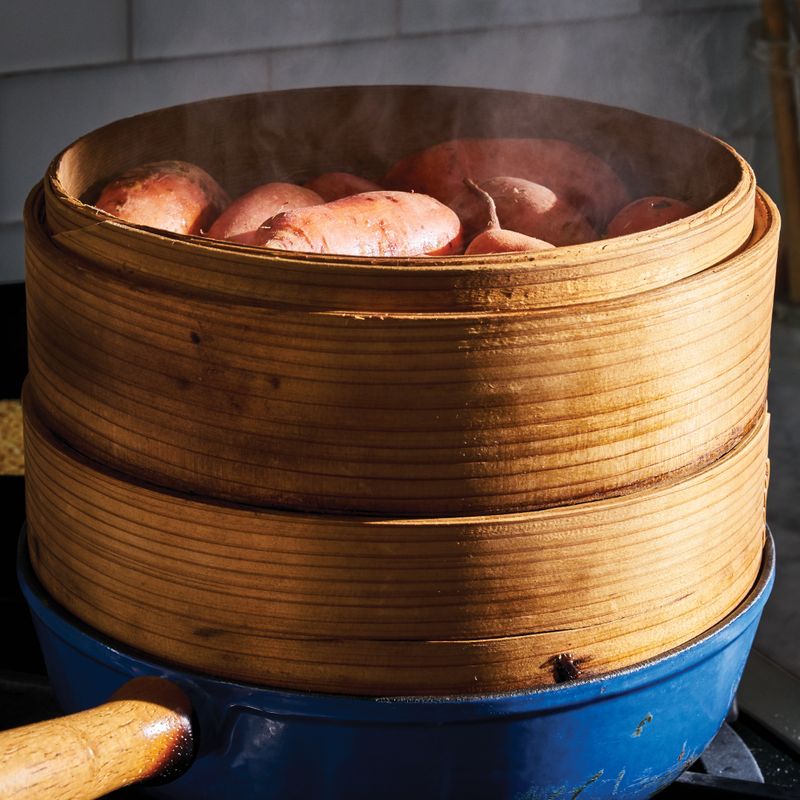
How embarrassing to discover your sweet potato casserole failed because you used the wrong cooking technique for your recipe! Different dishes demand different approaches.
Steaming preserves nutrients and creates a moist texture perfect for mashing. Roasting concentrates flavors and caramelizes sugars. Boiling works for soups but can make sweet potatoes waterlogged if drained improperly. Choose your method wisely based on your final dish!
13. Neglecting The Salt
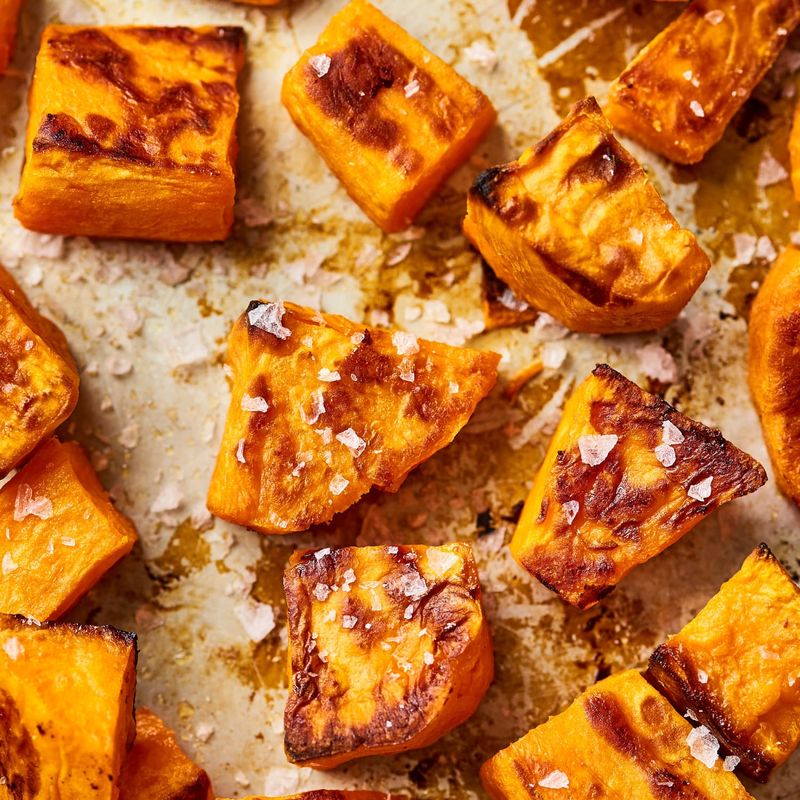
Sweet potatoes without salt are like a joke without a punchline – technically complete but missing the impact! Many home cooks under-season, fearing they’ll mask the natural sweetness.
Salt actually enhances sweetness by creating contrast! Season at multiple stages – before cooking and again after. A finishing sprinkle of flaky sea salt on roasted sweet potatoes creates flavor fireworks in your mouth. Would you believe this simple ingredient makes such a difference?
14. Poor Knife Skills
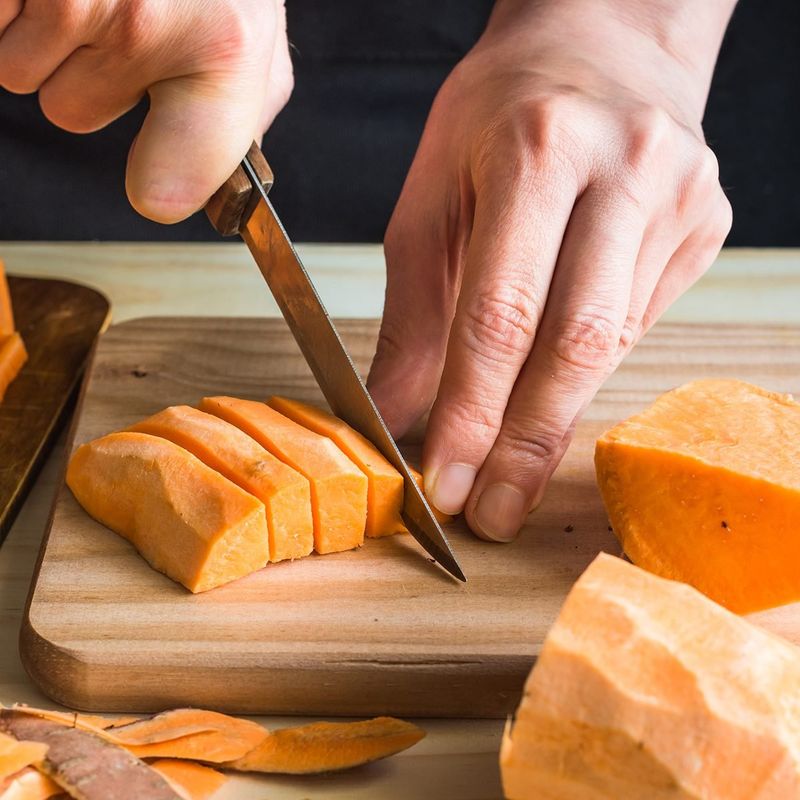
Uneven chunks lead to uneven cooking! When some pieces are burnt while others remain raw, your cutting technique needs attention.
Invest in a sharp, heavy knife that can handle these dense tubers. Stabilize the potato by cutting a thin slice from one side to create a flat surface. Aim for uniform size whether you’re dicing, slicing, or cutting wedges. Consistent pieces cook at the same rate for perfect texture throughout.
15. Throwing Away Leftovers
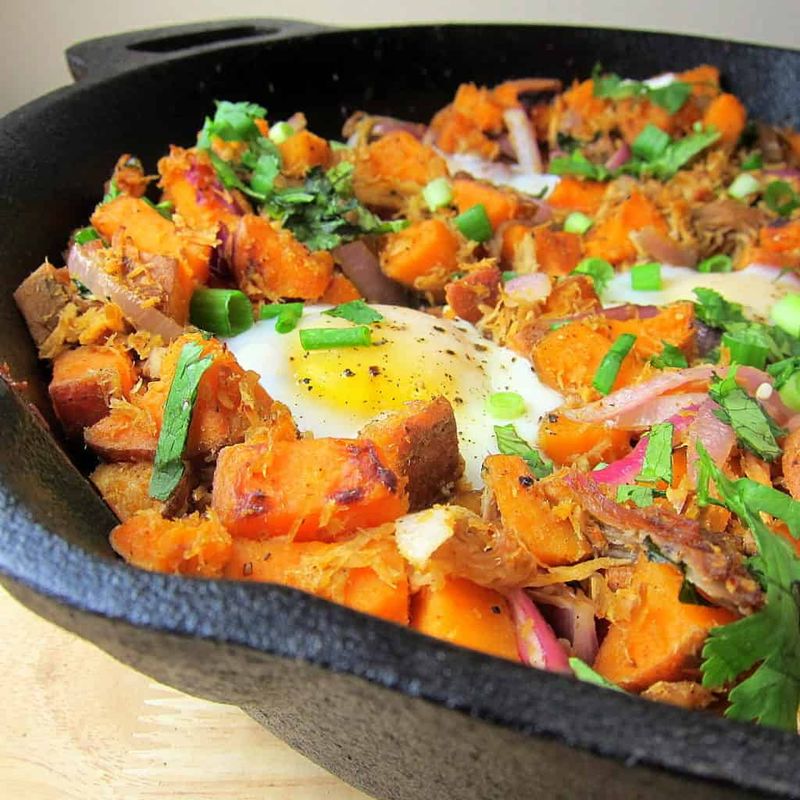
Leftover sweet potatoes aren’t sad fridge dwellers – they’re gold mines of culinary possibility! Tossing them out is throwing away meal prep magic.
Transform yesterday’s roasted sweet potatoes into today’s breakfast hash, lunch salad topper, or quick soup base. They even shine in baked goods like muffins and pancakes! Cooked sweet potatoes last 3-5 days refrigerated, so plan some creative repurposing. Tag us in your leftover creations!

